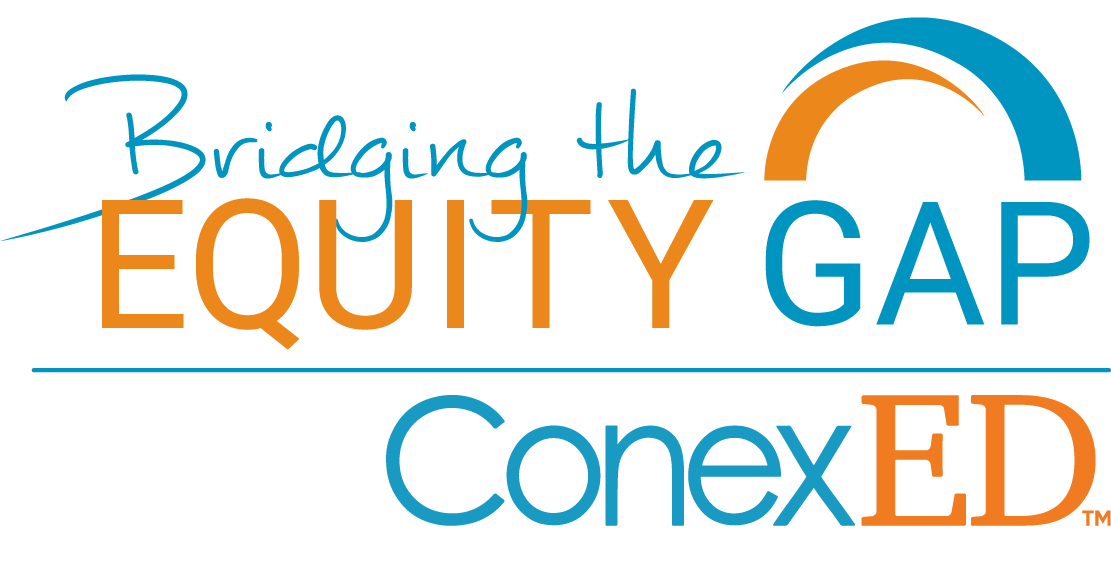American Association for Women in Community Colleges |
President's Message
Introducing Our Esteemed President, Dr. Yolanda Wilson: Committed to L.I.F.T. (Listen, Include, Foster, Thrive). We invite you to delve into the distinguished career of Dr. Yolanda Wilson, whose visionary leadership is a cornerstone of our association's success. Read More | Constitution and BylawsThis organization shall be known as the American Association for Women in Community Colleges: An affiliate council of the American Association of Community Colleges. Read More |
Board of DirectorsThe Board of Directors of the American Association for Women in Community Colleges (AAWCC) is a remarkable group of leaders embodies dedication, expertise, and a passionate commitment to advancing the role of women in community colleges nationwide. Each member of this board brings a unique perspective, informed by deep experience and a shared vision for promoting leadership, professional development, and advocacy. Their collective efforts have not only shaped the landscape of higher education but have also forged pathways for countless women to achieve their academic and professional aspirations. Read MoreLeading to L.I.F.T. Strategic Plan Summary 2025-2028 |
Changing women’s lives through education, service, and leadership development
Vision
AAWCC envisions women and all individuals in community colleges leading with courage, authenticity, and purpose to transform institutions and uplift all communities.
Core Values
Authenticity • Belonging • Collaboration • Courage • Integrity
STRATEGIC PRIORITIES 2025–2028
Fiscal Sustainability
- Expand sponsorships, membership, and grants to ensure a strong financial foundation.
- Strengthen chapter engagement, membership systems, and national sponsorship partnerships.
- Develop new funding streams through corporate, foundation, and individual giving.
Legacy & Honors
- Celebrate AAWCC Founders’ Day and honor the legacy of members.
- Establish a master’s-level scholarship to support emerging leaders.
- Develop an AAWCC historical archive and digital museum.
Recruitment & Chapter Engagement
- Grow membership 20% annually through targeted local, regional, and national campaigns.
- Provide chapter starter kits and recruitment tools.
- Expand AAWCC swag and induction ceremonies to strengthen identity and belonging.
Professional Learning & Leadership Development
- Expand mentorship programs to chapters with structured curriculum and national support.
- Embed AACC Leadership Competencies into all levels of programming.
- Launch AAWCC Signature Series for leadership growth and career advancement.
Technology & Communication
- Develop a comprehensive national Brand Guide for consistency across all chapters.
- Redesign and modernize the AAWCC website.
- Create a three-year communication strategy for awareness and engagement.
MEASURING OUR IMPACT
- Increased membership and sponsorship revenue.
- Growth in chapters implementing mentorship and competency programs.
- Enhanced visibility and brand alignment across regions.
- Broader recognition of AAWCC sponsored leaders in community colleges.


